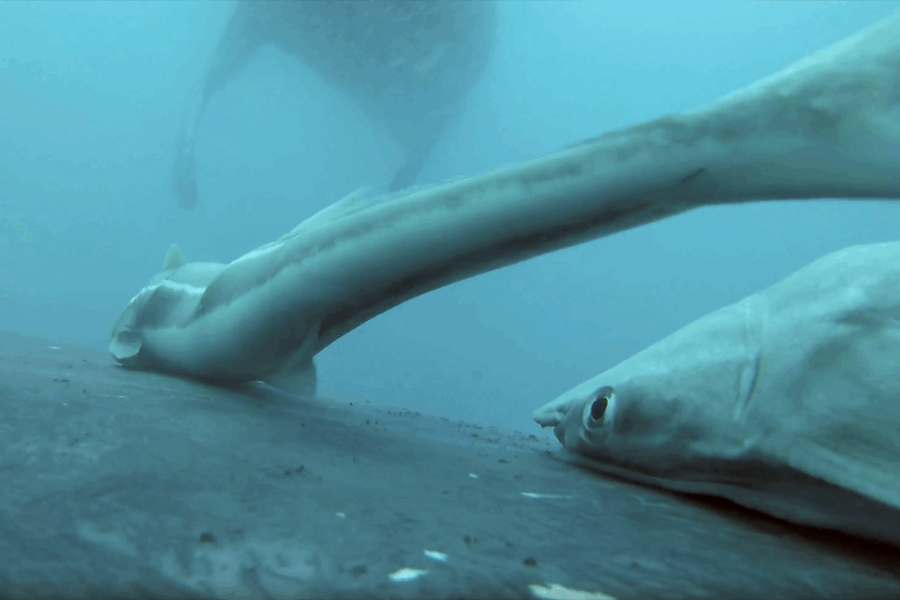The faces of Australia’s cockatoos

IT’S A LITTLE BIT cage-like, the box that Leila Jeffreys puts birds into when she takes their portrait. However, it’s meant to be anything but that.
The box is Perspex on two sides, so Leila has the chance to light it like you would a human portrait shoot, highlighting the human characteristics of the birds. And, there’s a black cloth on one side that she sticks her camera lens through to take the shot.
Most of the birds that go in the box are rescued wild birds or from conservation centres. The whole idea is provide a setting in which they can relax so Leila can move in for their close up.
“Obviously,” says Leila, “they get distracted by looking at themselves in the lens, or they notice you, but the whole point is to wait until they relax and you get a sense of their personality.”
Working with conservationists to find cockatoos
Having already produced a photography exhibition on budgies in 2010, a bit of an ode to the childhood pets that used to jump around on the dinner table at her family home, Leila’s most recent two-year opus documents almost every Australian cockatoo species.
Leila’s search for a conscientious way to photograph the birds meant that her project developed an inherent rigour early on. While trying to find each of the species she dealt with wildlife rescue groups and conservation projects, getting calls and shooting birds that were well enough when rescued, occasionally shoot birds kept in zoos or large well-kept private aviaries. “The idea of keeping birds in small cages where they can’t fly I really struggle with,” she says.
Her search for the more elusive cockatoo species took her travelling set up across the country – and gave her a chance to meet some pretty interesting personalities, bird and human.
The characters that surround cockatoos
One is Josh Cook – human – who is at the forefront of a new school bird keeping. Leila met Josh through the Wildlife Information Rescue and Education Service (WIRES), where she sourced some of her subjects.
Josh teaches birds ‘freeflight’, where, rather than being kept in cages, they roam freely around the neighbourhood and return back to their keepers in the evening.
Among the other personalities she’s been introduced to are those of the birds, and in each species and subject she’s noticed different traits.
The palm cockatoos, like the black bird dubbed ‘Seisa’ with her Mohawk-like crest, was her favourite admits Leila. “They’re just very gentle and sweet – and curious,” she explains. While the more common sulphur-crested cockatoos are completely different, but still very charming says Leila, “they’re just cheeky ratbags”.
Leila, whose work is blown up to just over a metre-high art prints, will be showcasing the unique characters of each cockatoo to the average city dweller in Woollahra in Sydney from 7-25 November 2012.
The images will be on display in her exhibition Biloela – Wild Cockatoos at the Tim Olsen Gallery, Sydney.
RELATED STORIES




